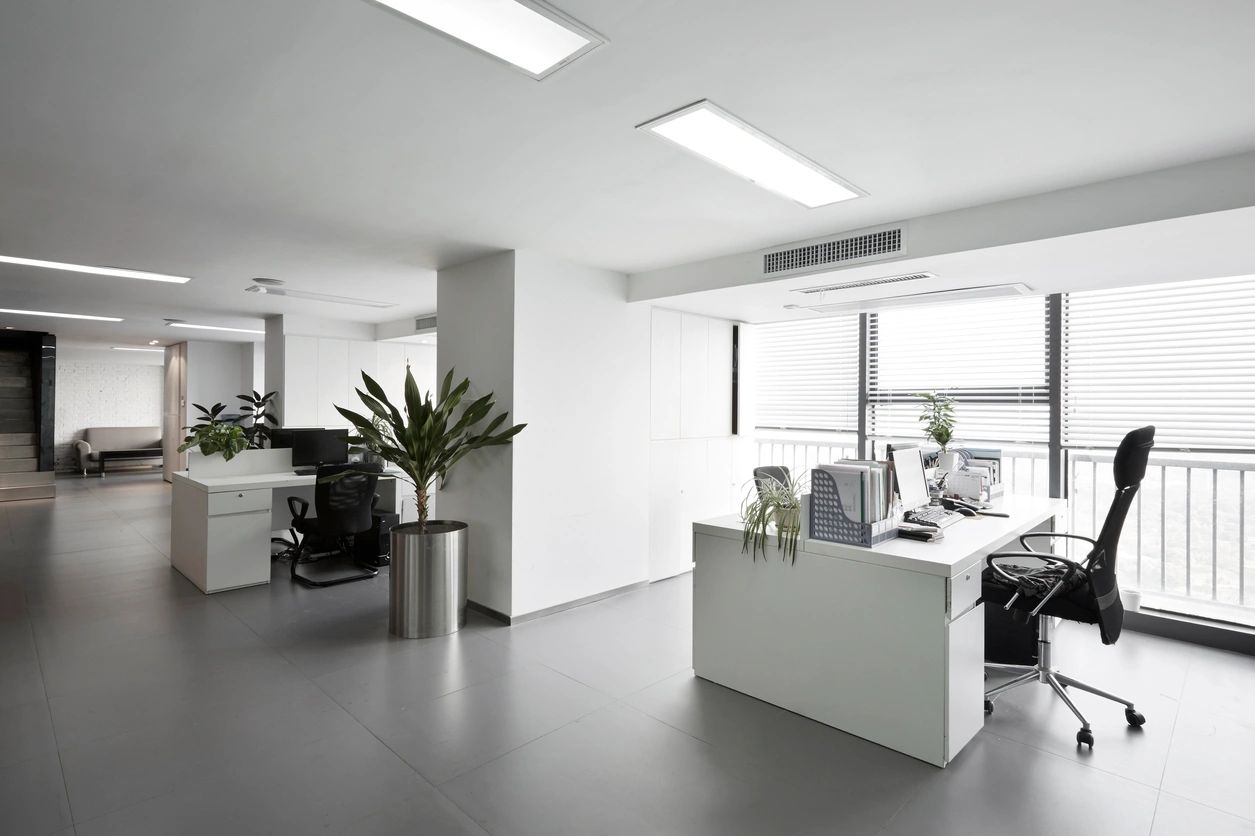Conferences, workshops, and meetings are essential components of modern business operations. They provide opportunities to exchange ideas, collaborate on projects, and make crucial decisions. When it comes to hosting these events, the choice of venue plays a significant role in setting the tone and facilitating effective communication. Conference room rentals have become a popular choice for many businesses due to their convenience and flexibility. To ensure that you make the most out of your conference room rental, here are some valuable tips to consider.
**1. Plan Ahead and Reserve Early
One of the fundamental aspects of optimizing your conference room rental experience is to plan ahead and book your space early. Popular venues tend to fill up quickly, especially during peak conference seasons. By reserving your conference room well in advance, you not only secure your preferred date and time but also gain access to a wider range of room options. This enables you to choose a room layout that aligns with the nature of your event and the number of attendees you expect.
2. Choose the Right Location
The location of your conference room can significantly impact attendance and overall convenience. Select a location that is easily accessible for all your attendees, whether they are local or traveling from out of town. Consider proximity to public transportation, major highways, and amenities like hotels and restaurants. A convenient location can encourage higher attendance and create a positive impression of your event.
3. Understand Technical Requirements
In today’s digital age, technical infrastructure is crucial for a successful conference. Before finalizing your conference room rental, ensure that the venue meets your technical requirements. Check for features such as high-speed internet connectivity, audiovisual equipment, projectors, screens, and sound systems. A well-equipped room enhances presentations, communication, and overall engagement, contributing to a more effective event.
4. Customize the Layout
The layout of your conference room can significantly impact the dynamics of your event. Different room arrangements, such as theater-style, classroom-style, U-shape, or boardroom-style, serve varying purposes. Choose a layout that best suits the objectives of your event. For instance, a theater-style setup is ideal for presentations, while a boardroom-style layout promotes discussions and collaboration. Customize the layout to maximize attendee interaction and engagement.
5. Plan for Comfort and Accessibility
A comfortable environment is essential for maintaining attendee focus and engagement throughout the event. Ensure that the conference room is adequately ventilated, well-lit, and equipped with ergonomic furniture. Additionally, consider accessibility for attendees with disabilities, providing features such as ramps, wheelchair-accessible entrances, and hearing assistance systems. A comfortable and inclusive space enhances the overall experience for all participants.
6. Catering and Refreshments
Food and beverages play a crucial role in enhancing the conference experience. Depending on the duration of your event, consider providing catering services or arranging for refreshments. Having a designated area for breaks and networking allows attendees to recharge and interact in a relaxed setting. Check if the conference room rental offers catering options or if you need to bring in an external caterer.
7. Promote Networking Opportunities
Conferences provide an excellent platform for networking and building professional relationships. Encourage networking by designing your event schedule to include designated networking sessions or breaks. Arrange seating in a way that encourages interaction and provides attendees with opportunities to connect. Icebreaker activities or discussion topics can also foster meaningful conversations among participants.
8. Plan for Contingencies
Even with careful planning, unforeseen circumstances can arise during an event. It’s essential to have contingency plans in place. Know the venue’s policies regarding backup equipment, technical support, and potential room changes. Having a backup plan ensures that you can address any issues promptly, minimizing disruptions and maintaining the flow of your event.
9. Create Engaging Content
The success of your conference doesn’t solely depend on the venue and logistics—it also hinges on the quality of content you present. Develop engaging presentations, workshops, and discussions that resonate with your target audience. Incorporate interactive elements such as Q&A sessions, panel discussions, and audience polling to keep participants actively involved.
10. Follow Up and Gather Feedback
After the event concludes, don’t forget to follow up with attendees and gather feedback. Feedback provides valuable insights into what worked well and what can be improved for future events. Use surveys or post-event emails to collect feedback and assess attendee satisfaction. Continuous improvement based on feedback helps enhance the success of your next conference.
Making the most of your conference room rental involves thorough planning, attention to detail, and a focus on attendee experience. By selecting the right location, understanding technical requirements, customizing layouts, and fostering networking opportunities, you can create a successful and memorable conference that leaves a lasting impact on your attendees. Remember that each element—from room setup to content delivery—contributes to the overall success of your event.



